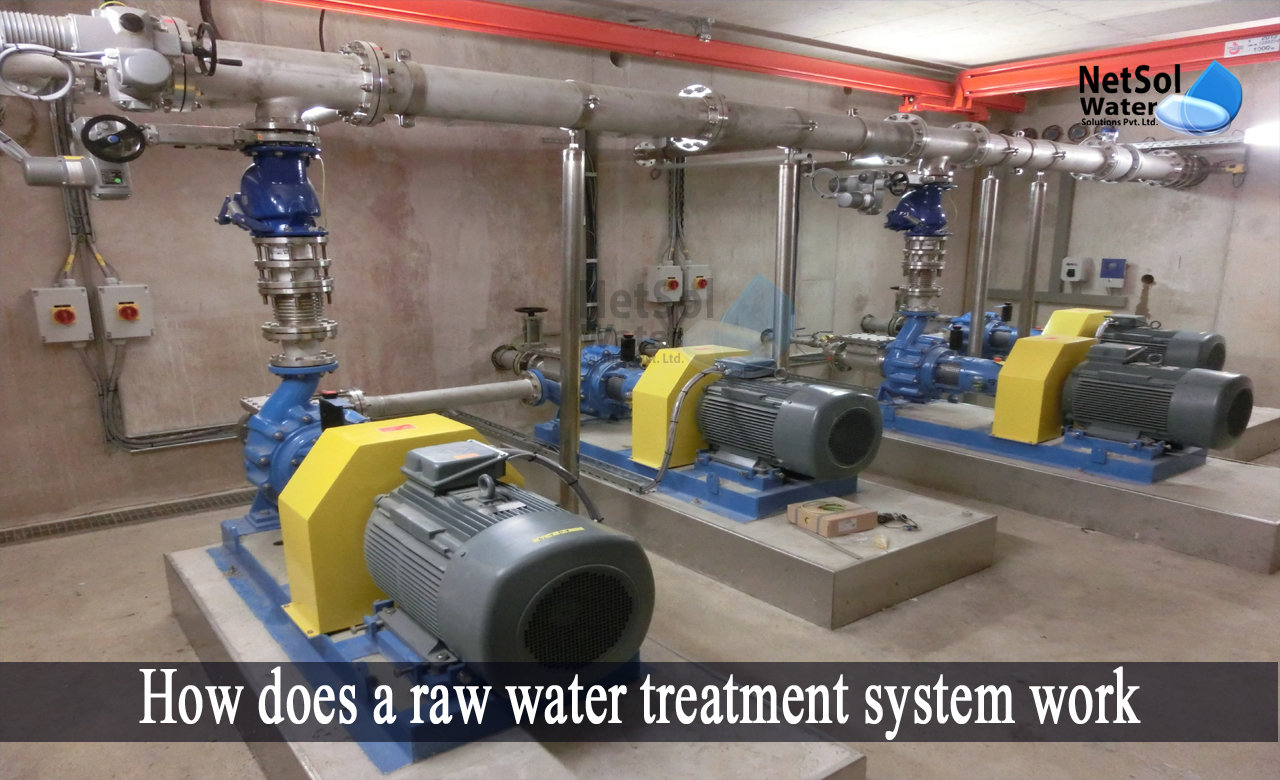How does a raw water treatment system work?
There are several raw water treatment procedures available; however, before implementing any of them, you need to first understand how the raw water treatment facility is commonly employed. It is rarely utilized with the static approach and is usually designed to last long, in order to prevent the high-priced replacement.
What is a Raw Water Treatment System?
Raw water treatment is typically employed in commercial or industrial settings, since it is critical to ensure that your raw water is a quality product, produced in an effective manner. The proper raw water treatment plant design will assist the company, in avoiding costly plants for future loss. A proper design can also assist in avoiding difficult challenges, and pricey remodelling expenditures.
Factors affecting the design of raw water treatment plants
For customizing the raw water treatment plant, several elements such as fluctuations, chemicals, and chemical volume should be considered. Furthermore, the water quality, turbidity, and flow should be evaluated before installing this system.
Raw water treatment is a dynamic process that must be improved to minimize variations. As a result, a well-designed and effective raw water treatment system should be capable of handling:
- Seasonal changes,
- Knowledge of water chemistry (water characteristics),
- Raw water flow and turbidity,
- Raw water volume adjustment.
What is included in a basic Raw Water Treatment System?
A raw water treatment system is dependent of the quality of water being pulled. In general, a basic raw water treatment system will comprise the following:
- Solids in suspension: Flocculation and coagulation,
- Settling of larger solids,
- Filtration of smaller particles,
What is the process of a Raw Water Treatment System? How does the raw water treatment system work?
There are? several treatment techniques available, but common raw water treatment technologies typically comprise the following steps:
1. Intake of Raw Water: Naturally and untreated raw water existing in the environment, originates from a variety of natural and man-made sources, such as rivers, lakes, ponds, seas, streams, and so on. When plants draw water from the surface, they suck it in via a screen to remove bigger items.
2. Coagulation: The process by which various chemicals are used to remove, big and bulky suspended materials is known as coagulation. This procedure begins with the addition of particular chemicals, and removes all finer particles existing in the water, by mixing and transforming them into heavier particles that settle easily in water.
3. Flocculation: Following the conclusion of the coagulation phase, the flocculation process begins, in which the coagulated particles are progressively combined (stirred), together to form visible, settleable particles.
4. Sedimentation: The process by which solid particles settle and create a sludge blanket, after which the solid particles are combined, and the sludge is pushed out from the bottom, into dewatering or sludge treatment processes. The water is then extracted from the sludge using a filter press, during the de-watering process. The majority of the water used in this procedure is recycled.
5. Filtration: This is the procedure by which water overflows into gravity sand filters, which cover large areas, since they include finely crushed silica sand with sharp edges, and are retained about 3-5 feet of sand. Sand is often utilized in the filter at a densely packed depth.
Other stages in the raw water purification process
· Lime Softening
A lime or lime soda method is utilized in waters with high hardness, sulphates, or other elements, which need to be precipitated or removed. It elevates the pH of the water, causing hardness to precipitate out. Cold, warm, or hot lime procedures can all be utilized, with varying degrees of efficiency.
Softening via ion exchange
In some industrial and municipal uses, if the hardness is high, post treatment may be used to remove the hardness. A softening resin isused. This is a strong acid cation exchange process, in which the resin is charged with a sodium ion and, as the hardness passes through, it has a higher affinity for calcium (Ca), magnesium (Mg), and iron (Fe). As a result, it will grab that molecule, and release the sodium molecule into the water.
Why must you decide on choosing Netsol Water Solutions for your water treatment?
We have several years of experience working with clients from all around the world.Our environmental services include the concept of commissioning Wastewater Treatment Plants for industries and Sewage Treatment Plant, Effluent Treatment Plant, Operation and maintenance contracts of sewage/wastewater treatment plant, and supervision including turnkey installation of the entire plant, Environmental impact assessment studies, etc.
Netsol Water is Greater Noida-based leading water & wastewater treatment plant manufacturer. We are industry's most demanding company based on client review and work quality. We are known as best commercial RO plant manufacturers, industrial RO plant manufacturer, sewage treatment plant manufacturer, Water Softener Plant Manufacturers and effluent treatment plant manufacturers. Apart from this 24x7 customer support is our USP. Call on +91-9650608473, or write us at enquiry@netsolwater.com for any support, inquiry or product-purchase related query.



